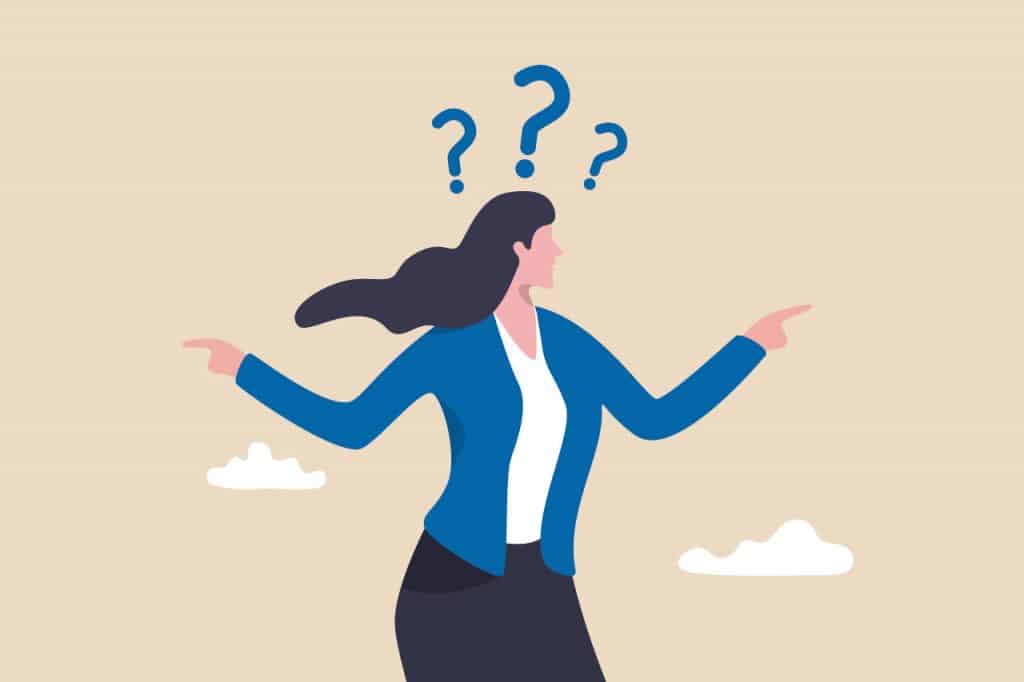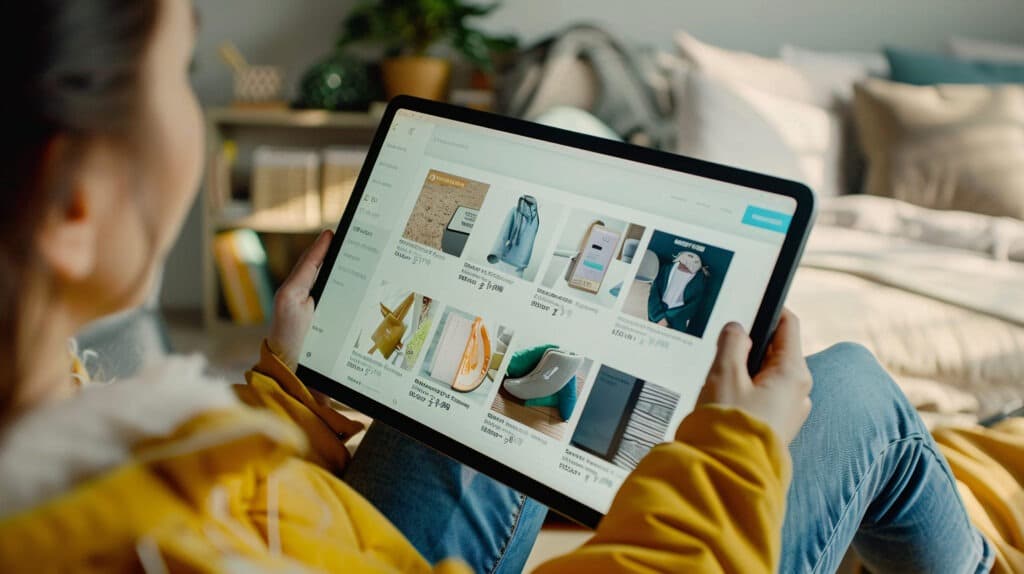The three phases of the B2C buyer journey
The buyer journey in the B2C sector can typically be divided into three main phases:
a) Awareness
In this first phase, the consumer becomes aware that they have a need or a problem. This does not yet constitute a concrete intention to buy—rather, the customer is looking for general information.
This is where content marketing strategies such as blog articles, social media posts, or influencer campaigns come into play. The goal is to attract attention and build trust.
Example: A person notices that their skin is particularly dry in winter. They google: “What helps against dry skin?”
b) Consideration
Now the potential buyer has recognized the problem and is specifically looking for solutions.

Comparison sites, product reviews, testimonials, and tutorials are becoming increasingly important. Companies should present themselves as competent solution partners here.
Example: The person now compares moisturizers, reads customer reviews, and watches YouTube videos about different brands.
c) Decision
The customer is ready to make a purchase decision.
In this phase, clear advantages, compelling offers, simple ordering processes, and, if necessary, additional incentives such as discounts or free shipping are important.
Example: After careful consideration, the person decides on a cream and orders it from the online shop of a trusted provider.
B2C vs. B2B buyer journey – the key differences
Although both concepts go through the same phases, B2C and B2B purchasing processes differ significantly in terms of their dynamics, decision-making, and target group approach.
| Aspect | B2C buyer journey | B2B buyer journey |
|---|---|---|
| Decision-makers: | Individual, often emotionally driven | Multiple stakeholders, often rational & strategic |
| Purchase duration: | Short-term, often spontaneous | Long-term, with multiple consultations |
| Product complexity: | Mostly simple, low-priced | Complex, often customized solutions |
| Communication channels: | Social media, email, advertising | Trade fairs, webinars, direct consultation |
| Goal: | Satisfaction of needs, lifestyle | Increased efficiency, ROI, problem solving |
B2C is primarily about quick decisions and emotional triggers. In B2B, on the other hand, the focus is on factual arguments, trust, and long-term business relationships.
That is why the content and forms of communication used along the journey also differ.
Influencing factors in the B2C buyer journey
In contrast to the B2B buyer journey, the purchasing process in B2C is often more emotional and impulsive.

Relevant influencing factors are:
- Emotions & brand image: Consumers don’t just buy products, they also buy feelings and identity.
- Mobile use: Many steps of the journey take place via smartphone – mobile optimization is crucial.
- Social media & reviews: Recommendations from friends, influencers, and online reviews have an enormous influence.
- Personalization: Customers expect tailored content, offers, and advertising.
Measures to optimize the buyer journey
To make the B2C buyer journey efficient, companies should:
- Create buyer personas to understand target group behavior.
- Provide content for each phase (e.g., advice articles, testimonials, purchase incentives).
- Use automated marketing (e.g., email funnels, retargeting).
- Ensure user-friendly and fast websites as well as simple checkout processes.
- Use analytics tools to measure user behavior on the website and optimize it in a targeted manner.
- Gather feedback, e.g., via surveys, reviews, or direct customer interviews, to continuously improve the customer experience and identify weaknesses in the purchasing process at an early stage.
Conclusion
The B2C buyer journey is a central concept in modern marketing and sales.
It helps companies guide potential customers through the entire purchasing process with relevant content and offers.
Those who understand and address the needs of their target group at every stage not only increase their conversion rate but also create long-term customer loyalty.
At a time when consumers have more choice and information than ever before, a well-thought-out buyer journey is not a luxury but a necessity.




